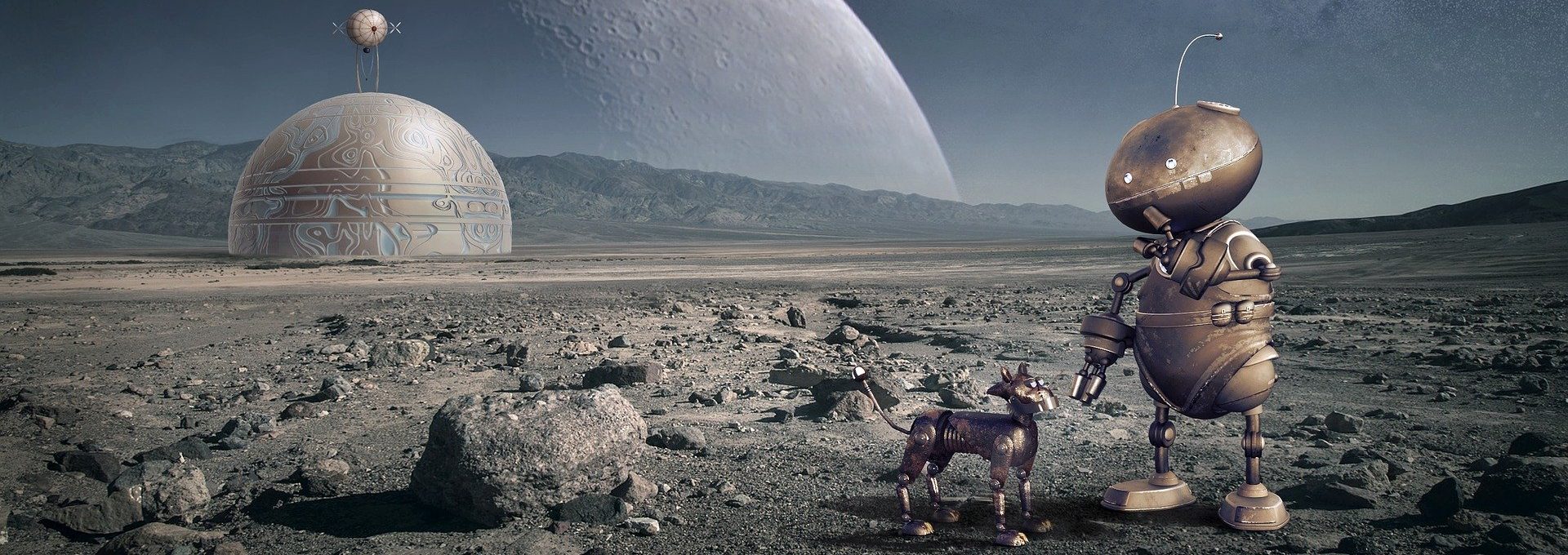Who is Ray Kurzweil? While everyone has heard of Steve Jobs and Bill Gates, many people have never heard of Ray Kurzweil. Despite that, Forbes magazine has called him the ultimate thinking machine and Inc. magazine called him the rightful heir to Thomas Edison. He was the main inventor of many technologies / devices including the first generalized optical character reader, the first CCD flat bed scanner, the first machine to synthesize speech from text, the first reading machine to translate text to speech, the first large vocabulary speech recognition to be commercially marketed, the first music synthesizer to be able to capture the sound of a grand piano and other orchestra instruments.
Singularity is Near
In 2005, Kurzweil wrote a book called The Singularity is Near. What is the Singularity? Many people have forecast it, not just Kurzweil. The first was probably the computer scientist John von Neumann in the 1950s. The idea is that as artificial intelligence and robots get smarter, they will reach a point where they could do something like thinking. They could design improvements for themselves.
Periods of Intellectual Evolution
Kurszweil breaks our evolution down into six epochs. At first we focussed on learning physics and chemistry. Then came biology and DNA, next the brain, followed by technology. He feels the next step will be a merging of human technology and human intelligence.
As I said in another post, we have been experiencing exponential growth in technology and learning. Kurzweil feels that it is in a way double exponential because there is incentive to put more money and resources into things that are growing rapidly and making money. Therefore they have more resources and discoveries which accelerates the pace even faster.
Increasing Paradigm Shifts
But, Kurzweil has a slight twist on this. He says that the growth may look smooth but is actually made up of different spurts. When there is a paradigm shift, it taks of slowly at first and then rapidly accelerates. But then it doesn’t keep accelerating, it maxes out and slows down. Kurzweil’s point is that when things start to slow down, people look for solutions and ways around the issue. A new paradigm shift is discovered and the process starts over, but they all blend together to make the process look smooth. He feels that paradigm shifts are becoming ever more common and the rate of change is accelerating.
He feels that Moore’s law will max out around 2020. He says that it is only the latest paradigm shift in computing. It started with electromechanical. If you saw the recent movie, The Imitation Game, that is what electromechanical computers were. Next was relay, followed by vacuum tubes and then transistors. He feels that something will replace integrated circuits, possibly carbon nanotubes and the acceleration will continue.
Understanding the Brain
He feels that to get to the singularity we need to understand the brain better. We could reverse engineer it, but he also suggests the possibility of uploading a brain so to speak. Copy every aspect of it digitally. But we don’t have the capability to do this now and Kurzweil doesn’t think we will have it until around 2040.
He also feels that with increasing knowledge of biology, medicine and genetics that we will basically be able to live forever. However, this increased knowledge will increase the ability of people to do bad things, such as destructive nanobots which could do more damage than suicide bombers.
Humans become Robots?
He feels that past the singularity we may no longer need our bodies and even though there may only be machines, that they will be essentially human because they will be imbued with our characteristics. But at the same time he says that it will allow our bodies to remain physically fit and healthy and that nanobots or some other technologies will allow us to change our bodies almost at will. But that makes no sense unless it is a step on the way to being completely machine based. Guess I need to read the book.
Also makes me wonder about battery technology. That is kind of a sticking point in all of this. Battery technology has definitely not been on an exponential curve.
Populating the Universe
He predicts that is only a short time after the Singularity that we begin to spread out and begin saturating the universe with intelligence. Since we have seen no evidence of any other intelligence out there, he feels that we are the first and it is our duty to expand through the universe. I am not sure I understand this, but it seems he feels that as we move past the singularity we will take on more and more of the attributes of a god or gods. I might be misrepresenting that one. My apologies if so.
Counter Views
Critiques of the book say Kurzweil has misunderstood some things. David Linden, a neuroscientist, says that although data collection is increasing exponentially, insight is increasing linearly. He says that while the price and speed of sequencing genes is changing rapidly, our understanding of them is increasing much more slowly.
Theodore Modis doesn’t believe that anything increases exponentially forever. He feels that something called a logistics function is a better comparison or example. It eventually tops out and flattens.
However, Kurzweil has plenty of supporters as well. I guess we will see in the not too distant future, who is right!
